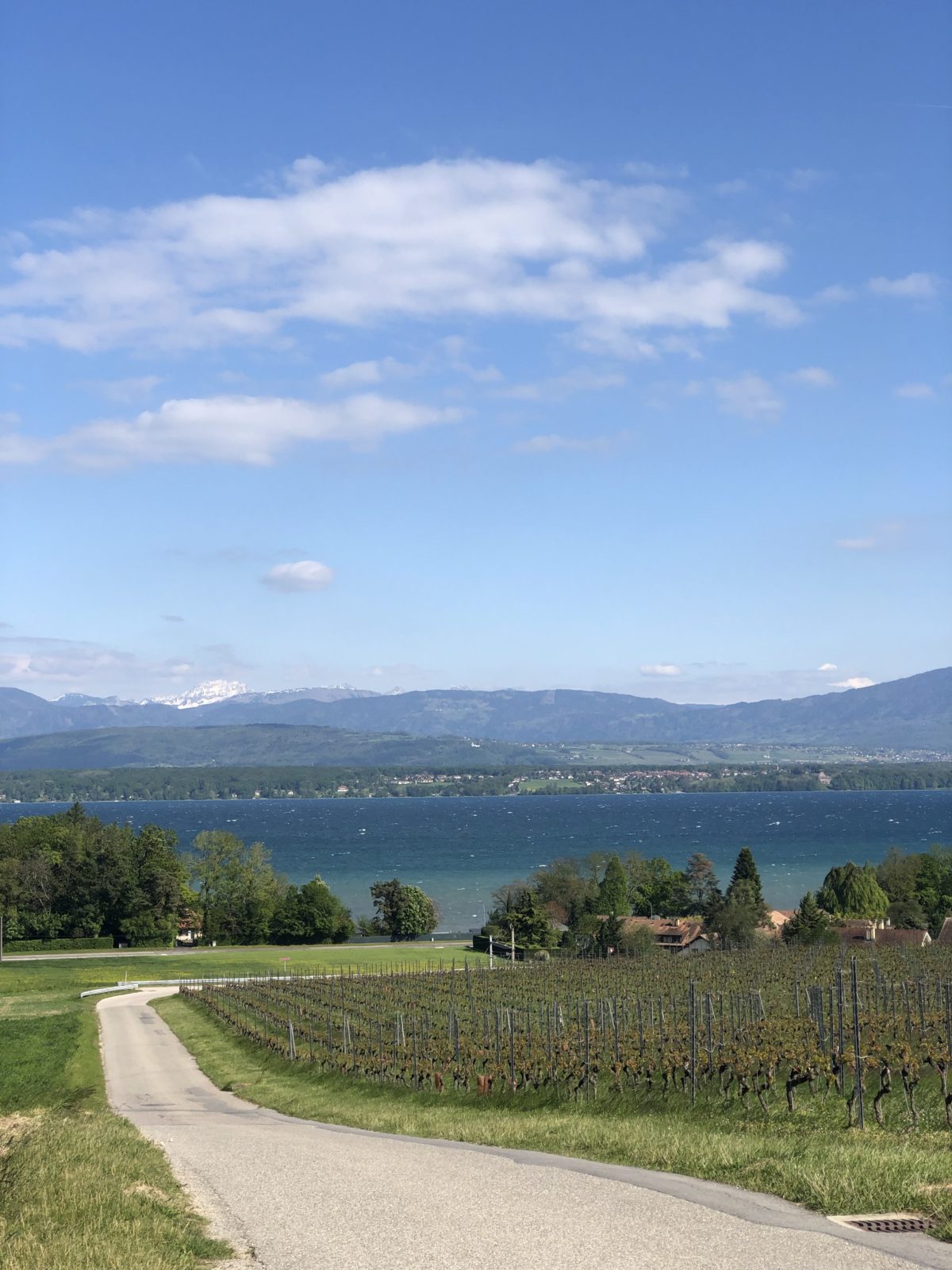After watching the video below this paragraph I want to speak on the pleasure of walking without stopping at a road crossing. In modern cities you can’t walk for more than a minute or two without having to stop at a road crossing, a traffic light or other feature. The result is that a stroll or walk is filled with stops and starts.
As people move towards urbanised centres, and as more and more people live vertically, on top of each other so the need for gyms, swimming pools, indoor climbing centres and other features become essential. This is because we are designed by evolution for sports. Moving towards urban centres detracts from our ability to do sports in a natural environment.
When I lived in London (North West, Zone four, so not really London ;-)) I would walk 45 minutes each way to university and back because I hated the idea of waiting for the bus. When I went into central London I walk often walk for an hour and a half or more. With time I got to know the city very well.
The same is true of Rome. When you don’t know a city you use public transport to get you close to places and walk the rest of the way. After several days in a city you get to connect every monument or landmark from every other. Getting everywhere by foot becomes simplified and the bus and underground trains become obsolete.
If you go cycling or walking in the countryside you get to know the landscape just as well but there are fewer cars, people and obligations to stop. In the countryside you stop not because a traffic light is red or because you don’t want to run over but because you want to capture an image of the landscape. It may be a field, or flowers, or horses galloping across a field. That last one is less common.
The other drawback to urbanisation is that flying drones, planes, helicopters and other fun devices is no longer possible. To fly a drone or other flying object you need to be far from people, far from power lines, from animals that could be scared and away from flight plans. With all of those restrictions, the freedom to fly a drone is negated.
With densification and urbanisation we become more and more withdrawn from nature. As buildings climb up and everything is within an elevator ride we no longer enjoy true nature. We are stuck with an urban landscape.
If we live in an urban landscape with skyscrapers we have to wait for three day weekends or holidays to get away from the city and enjoy what nature haas to offer. By living in a village we can enjoy nature within minutes of getting out of the house. Who doesn’t want to walk five minutes to the nearest stream or fly the drone half an hour from home?
By living away from Skyscrapers and densification you can enjoy being sprayed by a combine harvester. I’ve been sprayed when they were harvesting hay and sunflowers now. How many people in skyscraper cities can make the same statement?
The modern conversation about urbanisation, skyscrapers and abandoning cars for other forms of transport like trains, cycling and foot scooters ignores that not everyone lives in a city and that not everyone has a choice. It also ignores the importance that the natural world has on our physical quality of life. Gyms are great if you want to build muscle mass but if you want fresh air and endurance sports then the countryside is unbeatable.
I thought that I was done but I’d like to bring up one more point. The Demographic transition model. Europe is an old and stable population approaching negative growth. Cities have been around for as long as civilisations have been around. There is no demand to grow vertically. It’s amusing that the documentary doesn’t even bother with demographic transition models.

Leave a Reply